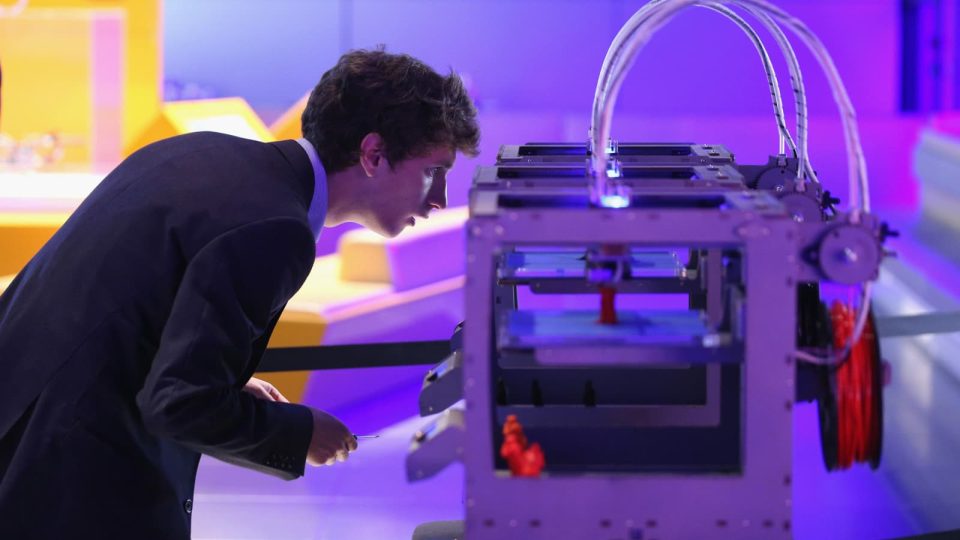A groundbreaking approach to sustainability in manufacturing is emerging through the use of 3D-printing microfactories. These innovative facilities are transforming waste plastics into competitive products suitable for construction, addressing both environmental challenges and industry demands.
Microfactories represent a localized, automated production model that leverages advanced 3D printing technology to recycle plastic waste into high-quality materials. Professor Veena Sahajwalla, founder of the SMaRT Centre at University of New South Wales in Australia, has championed this concept, emphasizing its dual focus on sustainability and profitability. Speaking at Schneider Electric’s Sydney Innovation Summit, Sahajwalla highlighted the need for manufacturers to prioritize functionality and performance alongside environmental benefits.
The SMaRT Centre has developed plastic filaments made entirely from recycled plastics, sourced from discarded office equipment such as old printers. These filaments are then used in 3D printers within microfactories to produce tailored products like construction clamps and blocks. By utilizing waste-derived plastic, these facilities reduce reliance on virgin materials and minimize landfill contributions.
The construction industry frequently grapples with strict budgets and tight deadlines, making efficiency and cost-effectiveness paramount. 3D printing technology offers innovative solutions to these challenges by enabling rapid prototyping, precise material usage, and reduced waste. Construction companies can leverage 3D printing to quickly create models or fastener samples for design testing without the need for mass production. Additionally, advanced extrusion techniques allow for on-site or off-site printing of walls and structural components using concrete, which can significantly reduce transportation costs and material waste.
Furthermore, 3D printing enables the manufacturing of custom parts with exact specifications, avoiding overproduction and ensuring environmental benefits. This technology’s versatility in the construction sector spans from small-scale prototyping to large-scale concrete construction, offering a range of applications that can improve project efficiency and sustainability.
The integration of recycled plastics into these applications further enhances sustainability while maintaining product competitiveness.
One key advantage of microfactories is their ability to lower costs for construction projects. By producing components locally using recycled materials, companies can avoid delays in sourcing parts and reduce expenses associated with second hand purchases. Moreover, the process aligns with circular economy principles by repurposing high-quality plastics from e-waste into valuable feedstock for manufacturing.
Sahajwalla noted that this approach could help organizations lower Scope 3 emissions, indirect emissions from supply chains, and boost local manufacturing capabilities. The thermal transformation process used in microfactories ensures that recycled plastics meet the necessary performance standards for construction applications.
While the technology shows promise, widespread adoption of 3D printing in construction still faces hurdles such as scalability and material limitations. Research continues to explore ways to optimize recycling methods for different types of plastics and improve product durability over multiple reuse cycles.
Looking ahead, advancements in material science and printing techniques are expected to expand the scope of applications for 3D printing in construction. From large-scale infrastructure projects like bridges to more efficient housing solutions, the technology is poised to revolutionize the industry while addressing critical environmental concerns.
The rise of 3D-printing microfactories marks a significant step toward sustainable manufacturing practices. By turning plastic waste into competitive construction products, these facilities not only tackle pollution but also offer economic advantages for businesses. As innovations continue to refine this approach, the construction industry may increasingly rely on recycled materials to meet its growing demands.

